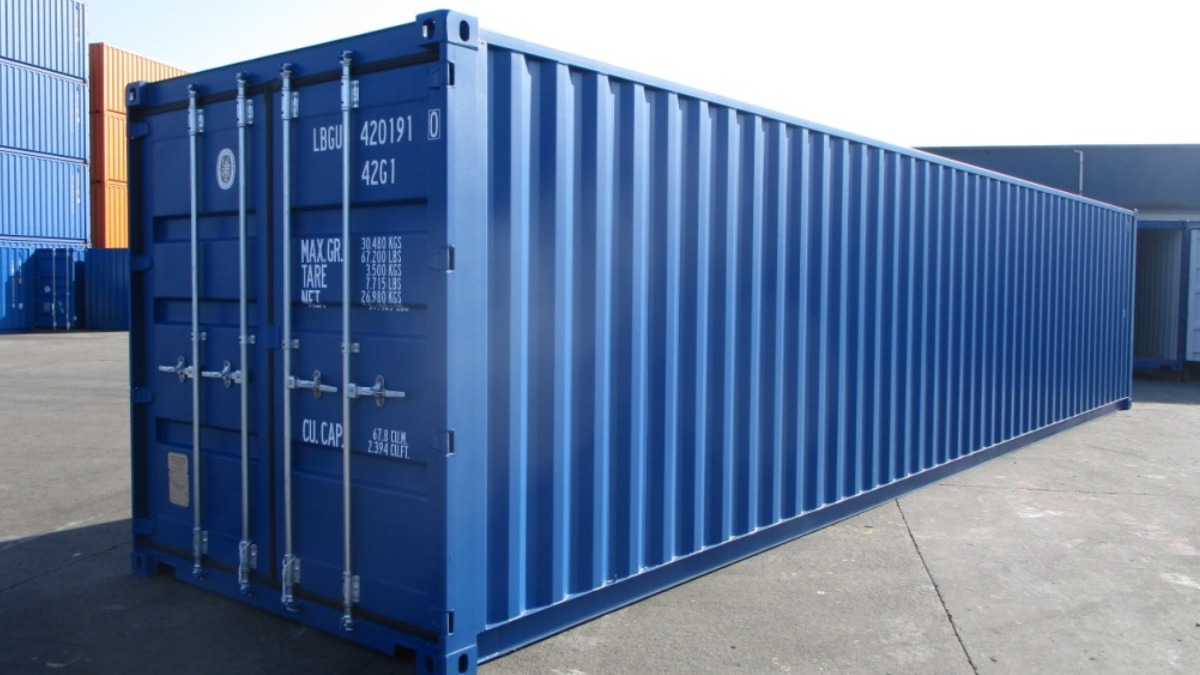40-Foot Container, dimensions and capacity
28 February 2023
40-ft container, dimensions and capacity
A 40-foot container, often referred to as a “40-footer,” is a standard intermodal shipping container used for transporting goods by sea, rail, or truck. These containers are widely used in international trade and logistics due to their standardized size, which simplifies the process of loading, unloading, and transferring cargo between different modes of transportation.
The standard size and capacity of a 40-foot container are as follows:
- External Dimensions:
– Length: 40 feet (12.19 meters)
– Width: 8 feet (2.44 meters)
– Height: 8 feet 6 inches (2.59 meters)
– Cubic Capacity: Approximately 2,390 cubic feet (67.7 cubic meters)
- Internal Dimensions:
– Length: 39 feet 5.5 inches (12.03 meters)
– Width: 7 feet 8 inches (2.34 meters)
– Height: 7 feet 9.75 inches (2.38 meters)
– Internal Cubic Capacity: Approximately 2,330 cubic feet (66.1 cubic meters)
- Door Dimensions:
– Width: 7 feet 8.25 inches (2.34 meters)
– Height: 7 feet 6.25 inches (2.29 meters)
- Weight Limits:
– Maximum Gross Weight (MGW): Typically, around 67,200 pounds (30,480 kilograms) when used for international shipping, but it can vary by country and shipping line.
– Tare Weight: Approximately 8,000-10,000 pounds (3,629-4,536 kilograms)
– Net Payload: The difference between the maximum gross weight and the tare weight, which gives you the maximum weight of cargo that can be loaded into the container.
It’s important to note that the capacity of a 40-foot container can vary slightly depending on factors such as the container’s manufacturer and design. Additionally, there are high-cube versions of the 40-foot container, which have the same length and width but are taller, with an internal height of 9 feet 6 inches (2.90 meters). These high-cube containers offer extra space for cargo.
Overall, the 40-foot container is a versatile and widely used container type in the shipping and transportation industry, and its standardized dimensions make it easy to plan and optimize the movement of goods across different modes of transport.


